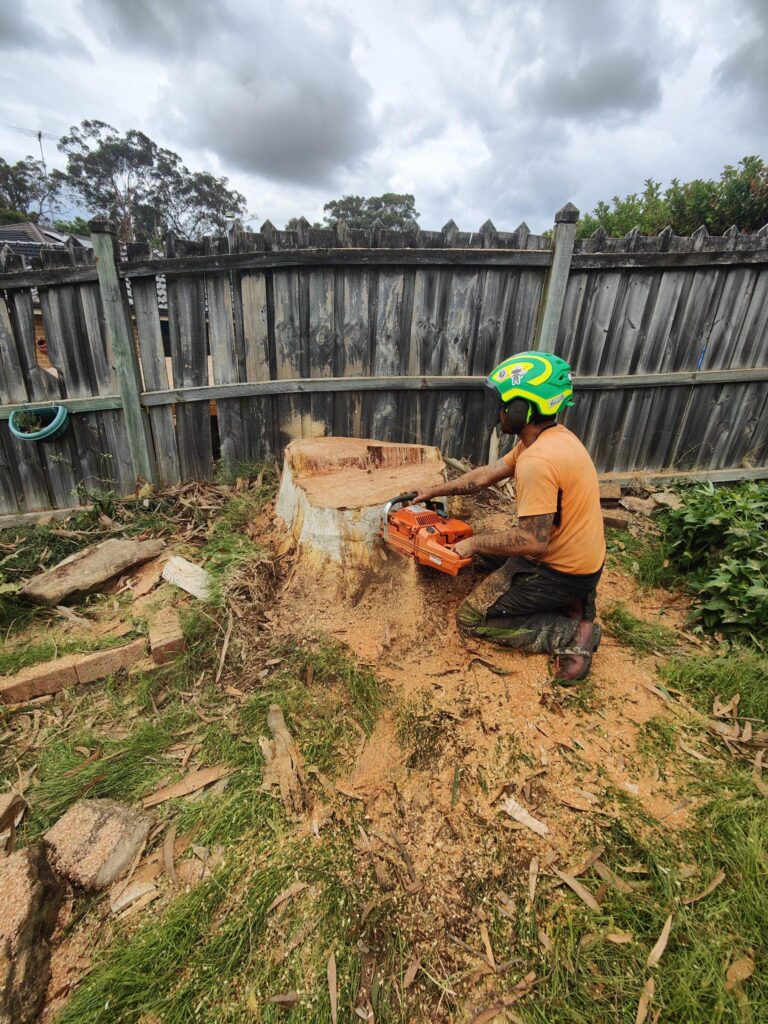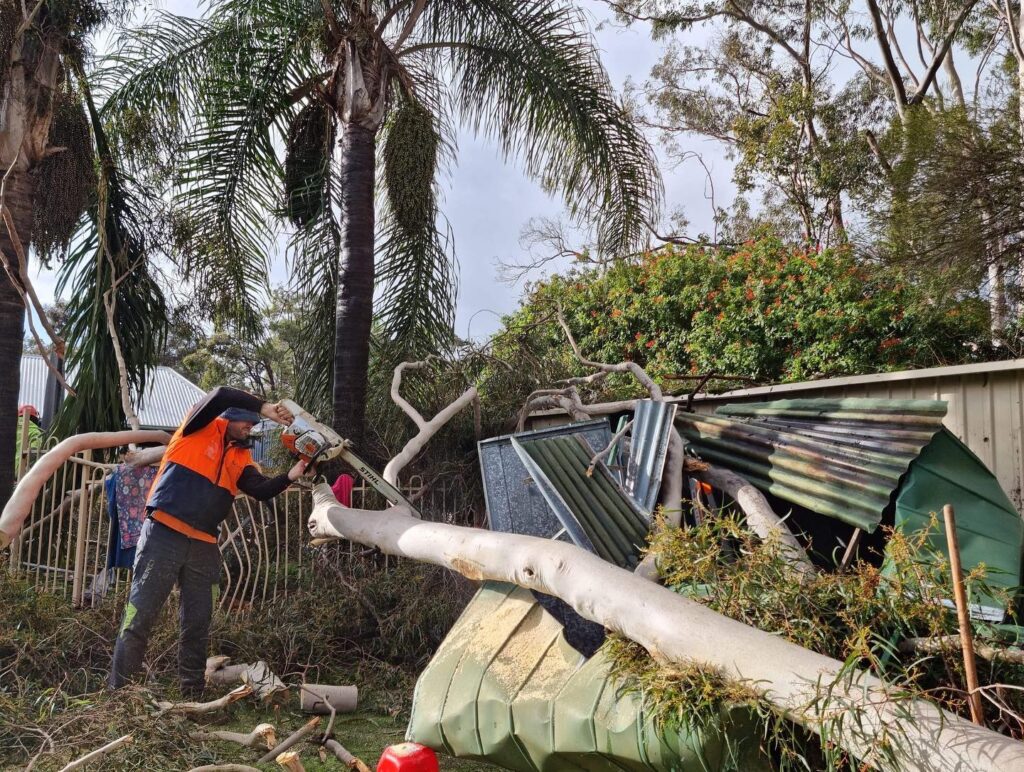[ad_1]
Trees add beauty to a landscape and can help with erosion, reducing temperatures in warm weather, and acting as windbreaks to slow heat loss in winter. But sometimes, old age or extensive storm damage may mean that a tree needs to come down. In most cases, hiring a professional is the best way to ensure that the job is done correctly and safely. But if you’re willing to take the risk and have the proper equipment, you can save some money by taking on the task yourself.
While it’s not ideal, it is possible for homeowners to remove small trees from their property. However, it’s essential to understand the process and the potential hazards involved before attempting a DIY job. Before you begin, it’s important to have the right equipment, including a ladder and safety gear, as well as a plan of action for the tree removal. A tree can be considered large if it’s more than 30 feet tall, and the cost of removing one can vary significantly depending on its size, condition, and location.
Before you start chopping down the tree, it’s also crucial to determine which direction it will fall in, as this can prevent injuries and damage to your home or property. You can do this by looking at the tree from every angle and identifying which way it leans. Then, based on this, you can decide how to chop the tree so that it falls in that direction.
Once you’ve determined how to cut the tree, you’ll need to prep your work area and clear away anything that could be in the path of the fallen branches. This includes removing rocks, limbs, and other debris. It’s also a good idea to call 811 before you begin working, as a technician will visit your property and mark the ground for utility lines.
Once the tree is down, it’s often shredded on-site into mulch using a chipper. This mulch can be used as a substitute for garden soil or packed down to form a base layer under new trees. The remaining log sections are usually loaded onto the back of a log truck to be hauled away for processing. In some cases, the logs are burned on-site as fuel for power stations and other wood-based businesses. In other cases, they are allowed to decompose naturally on the forest floor as a natural habitat for animals and plants.
[ad_2]


